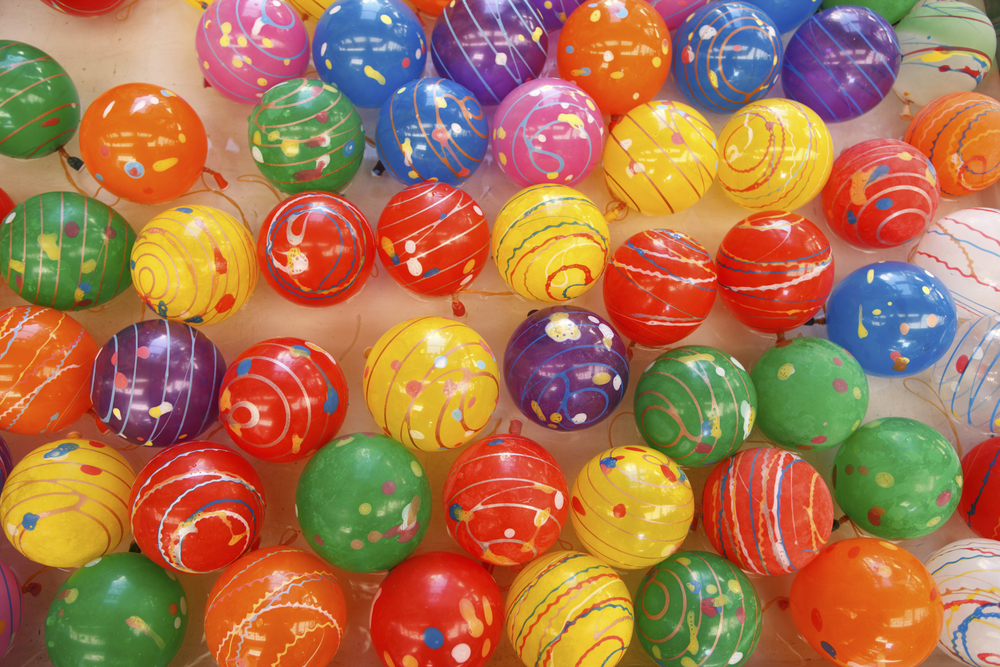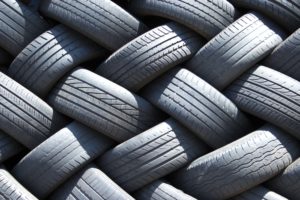That Bouncy, Stretchy Stuff; What Is It?

Your eyes glaze over as you spot a bright green bouncy ball staring at you through glass protection. Mother tugs on your hand and you reluctantly follow her through her weekly shopping routine. Eventually you both reach the cash register and mother pulls out her purse along with some green-colored paper. She hands it to the cashier and receives a handfuls of coins in return. You kindly ask mom for a quarter and since you behaved well, she obliges. Once the ball hits your hand you raise it high in the air and slam it down with force. It ricochets off the linoleum floor and rockets out to the parking lot, on top of three different cars, and then shoots off into traffic. Your jaw drops in amazement but also with a hint of sadness. You witnessed the shocking springiness of a little rubber ball combined with your powerful arm. Time to ask mom for another quarter!
Rubber makes up many objects including the familiar elastic bands, car tires, or pencil erasers. However, this stretchy material is in thousands of less obvious products; rubber stamps, waterproof shoes, swimwear, & hoses. Rubber has been used for centuries and once came from completely natural sources. Nowadays, rubber is generally made chemical plants. Rubber is definitely the popular kid in class; it has to be mass produced to meet all our rubbery needs.
What is Rubber?
There are quite a few different kinds of rubber, but generally there are two types: natural rubber and synthetic rubber. Natural is from plants (latex) and synthetic is made in chemical plants. Both these rubbers are very similar but they’re made by entirely different processes.
Natural rubber is made this white-milky liquid called latex that oozes from certain plants and trees. Ever mashed a dandelion stem and then had white residue on your hands? That’s latex. The Hevea brasiliensis tree, known as the rubber tree (pictured below) is a popular choice for latex extraction.
Synthetic rubbers are made in laboratories or chemical plants. The chemical, neoprene, reacts with acetylene and hydrochloric acid which leads to a rubbery substance. Another synthetic rubber, emulsion styrene-butadiene rubber is used in vehicle tires.

Everyday Uses
We use rubber a lot more than we may realize. It’s an excellent substance for sealants, it’s flexible, it’s light, and it’s durable. It’s wonder of a creation, one that we would miss greatly.Shout out to the central and south African Indians, circa 1000 CE, who discovered the usefulness of latex for waterproof clothing. Our world just wouldn’t be the same.
Western Tire Recyclers produces the finest quality rubber mulch and livestock water tanks available. With our central location, we offer dependable service to not only Utah, but all of the Western United States and beyond. Please visit our website and feel free to contact us anytime.


